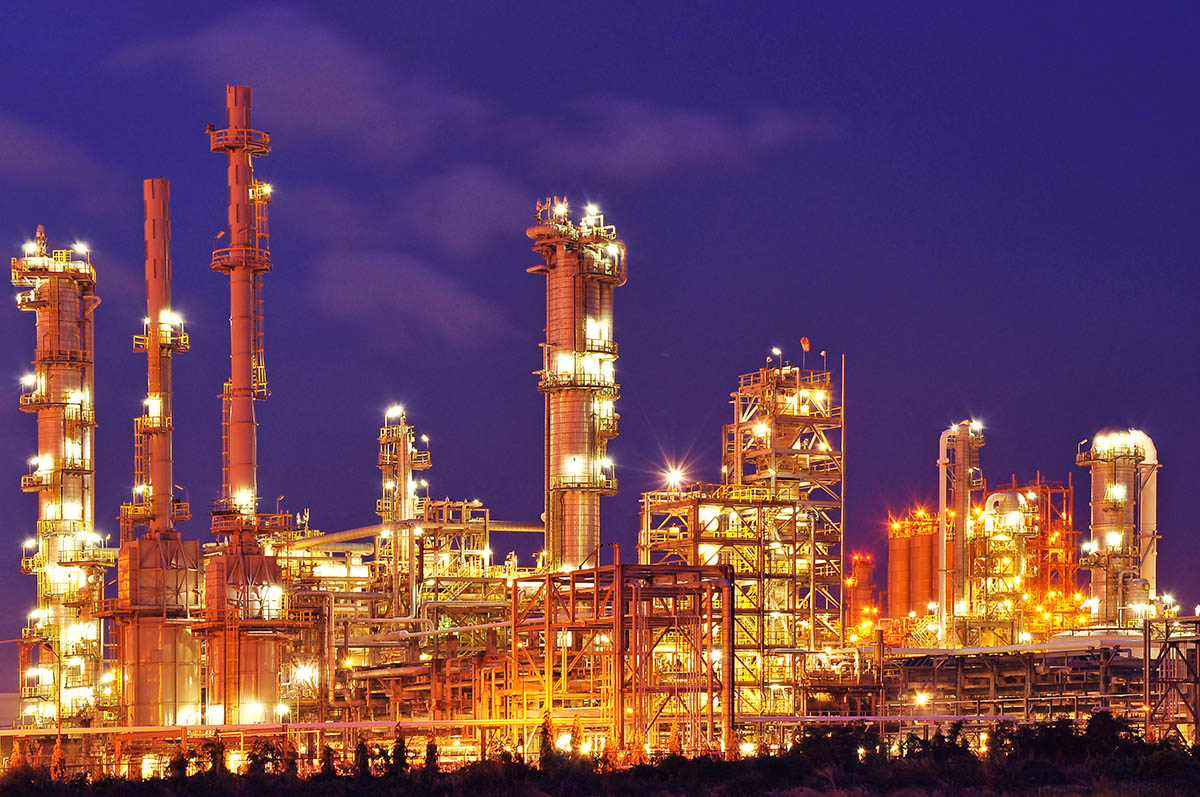Operators should focus on operational excellence to ensure long-term success.
Solomon Associates expects that Permian oil production will exceed 6 million barrels a day (MM bbl/d) by 2025; this will no doubt come with a lot of effort and uncertainty as producers grapple with escalating capital and operational costs. Additionally, Permian producers will face oil commodity cycles with the potential of lower for longer global oil prices, leading to a challenge in maintaining existing returns.
And while some early players have already profited from selling their positions and have exited stage right, others—notably supermajors—are just now entering or expanding their presence. If Permian growth in a post-oil price collapse world is on track and entering a period of measured growth, the oil and gas industry faces an important question: “What now?”
With the challenges in the short term getting most of the attention, is the industry looking hard at operational cost as activity moves into a more manufacturing-type phase more than 5 years out, or even 20 years out? Most companies entering the Permian plays have taken a short-term view, favoring quick profits over production efficiency and long-term maintenance concerns.
Relatively High Prices Can Hide Inefficiencies
As observed in recent oil price history, investors are hesitant when market conditions are depressed. Solomon believes one of the best ways to hedge the inevitable oil price roller coaster is operational excellence—taking the sting out of the unavoidable swing and realizing increased profits in the long term.
Many longer-term issues surrounding operations and maintenance aren’t getting much attention right now. But as Wall Street’s swoon wanes, operators would do well to make decisions based on outcomes over the next 20 years, not 20 months.
Taking a Long-Term View on the Fixed Costs of Operations and Maintenance
While much of the focus in the Permian has been on early production rates and optimizing drilling and completion to get fast returns to investors, many entrants haven’t considered how these methodologies will play out over time. With more than half of fixed costs going to operations and maintenance, it’s important for serious players to do long-term thinking on potential pressure issues, water handling, gas infrastructure, and overall production efficiency.
Drilling is extremely capital-intensive work. Protecting that investment, if you’re in it for the long haul, means looking at how to develop this resource by making decisions that will make you competitive in the long term. To make the upfront investment worthwhile, operators must stretch a well or field’s economic limits and recover reserves efficiently over time. After all, shareholder returns are maximized over the long term.
The data also support this view. Recent analysis shows that for every 1% operators gain in production efficiency, they realize 5% in cost savings. Striking the right balance in the Permian means prioritizing your equipment, maintenance strategy, and production efficiency first, then optimizing field spending.
Investor Short-Term Thinking Contrasts with Data and the Long-Term View
The financial community largely keeps a short-term view, believing that operators are running out of Permian wells to drill. However, Solomon analysis shows nearly 30,000 wells available with a full-cycle cost of less than 40 US dollars per barrel (USD/bbl). The late entry of supermajors into Permian acreage is proof positive that planning today with lasting infrastructure and securing the operational value chain will more than compensate for capital-intensive drilling over the coming decades.
By taking a long-term view, these supermajors are poised for tremendous profit. And while they have unique advantages, any entity with a Permian interest can increase cash flow and margins over time by focusing on operational and production efficiency. Concentrating on issues of maintenance, safety, water disposal, gas infrastructure, and other long-term solutions is more likely to position operators for success.
The Permian, although its bonanza feels remarkable, should remind us that like any oil field, it has a predictable life cycle. And although you may want sprint to the finish line, sometimes you need to slow down to go fast.
Subscribe to receive periodic emails based on your area(s) of interest: Refining, Chemicals, Upstream, Midstream, Power Generation, Reliability & Maintenance.

.jpg)

.jpg)
.jpg)
.jpg)
.jpg)
.jpg)



.jpg)
.jpg)


.jpg)
.jpg)
.jpg)
